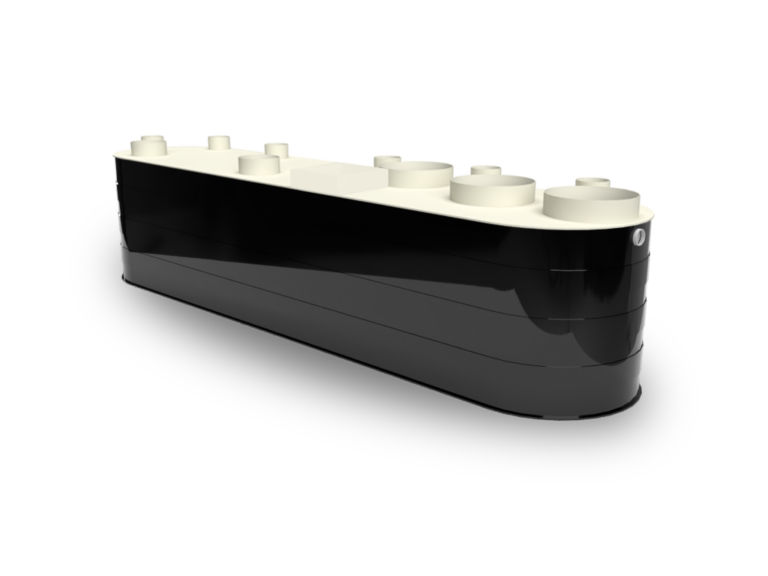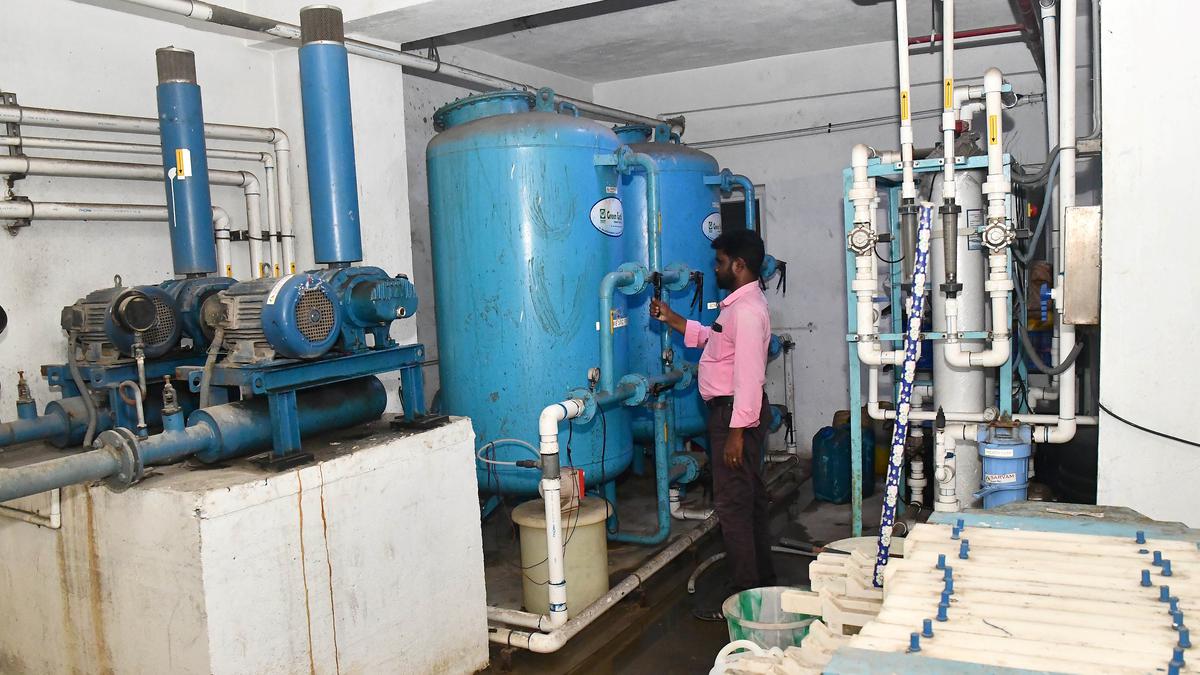Local Regulations for Septic Tank Installation

Installing a septic tank involves adhering to various local regulations designed to protect public health and the environment. This article provides a detailed overview of these regulations, helping homeowners, builders, and contractors understand the legal requirements and best practices.
Understanding Septic Tank Regulations

Local regulations for septic tank installation vary widely depending on the country, state, or municipality. These rules govern where and how septic tanks can be installed, maintained, and inspected.
Key Regulatory Areas
| Regulatory Aspect | Description |
|---|---|
| Permitting | Obtaining necessary permits before installation, including application processes and fees. |
| Site Evaluation | Soil testing and site assessment to ensure suitability for septic system installation. |
| Tank Specifications | Requirements for tank size, materials, and design standards to ensure safety and durability. |
| Installation Procedures | Guidelines on how the tank should be installed, including depth, distance from water sources, and backfilling. |
| Inspection and Approval | Mandatory inspections during and after installation to verify compliance with regulations. |
| Maintenance Requirements | Rules for regular maintenance, pumping schedules, and record-keeping. |
Common Local Requirements
- Setback Distances: Septic tanks must be installed a minimum distance from wells, property lines, buildings, and water bodies to prevent contamination.
- Soil Percolation Tests: Many jurisdictions require soil percolation tests to assess drainage capability.
- Professional Installation: Some areas mandate that only licensed professionals perform septic system installations.
- Environmental Protection: Regulations often include measures to protect groundwater and surface water from contamination.
Step-by-Step Installation Compliance
- Research Local Codes: Contact local health departments or environmental agencies to obtain specific regulations.
- Site Assessment: Conduct soil and site evaluations as required.
- Apply for Permits: Submit necessary documentation and fees.
- Hire Licensed Installer: Ensure the installer is certified or licensed.
- Installation and Inspection: Follow installation guidelines and schedule inspections.
- Maintain System: Adhere to maintenance schedules and keep records.
Frequently Asked Questions (FAQ)
Q1: Why are local regulations important for septic tank installation?
A1: They ensure the system is safe, environmentally friendly, and effective, preventing health hazards and pollution.
Q2: Can I install a septic tank myself?
A2: Regulations vary; some areas allow DIY installation if permits are obtained, but professional installation is often required.
Q3: How often should a septic tank be inspected?
A3: Typically, inspections are recommended every 1-3 years, depending on usage and local laws.
Q4: What happens if I don’t comply with local regulations?
A4: Non-compliance can result in fines, mandatory system removal, or environmental damage liabilities.
Conclusion
Understanding and following local regulations for septic tank installation is crucial for legal compliance, environmental protection, and system longevity. Always consult local authorities before beginning any installation project to ensure all requirements are met.
This expanded content is designed to be SEO-friendly by incorporating relevant keywords, structured formatting, and comprehensive coverage of the topic.
